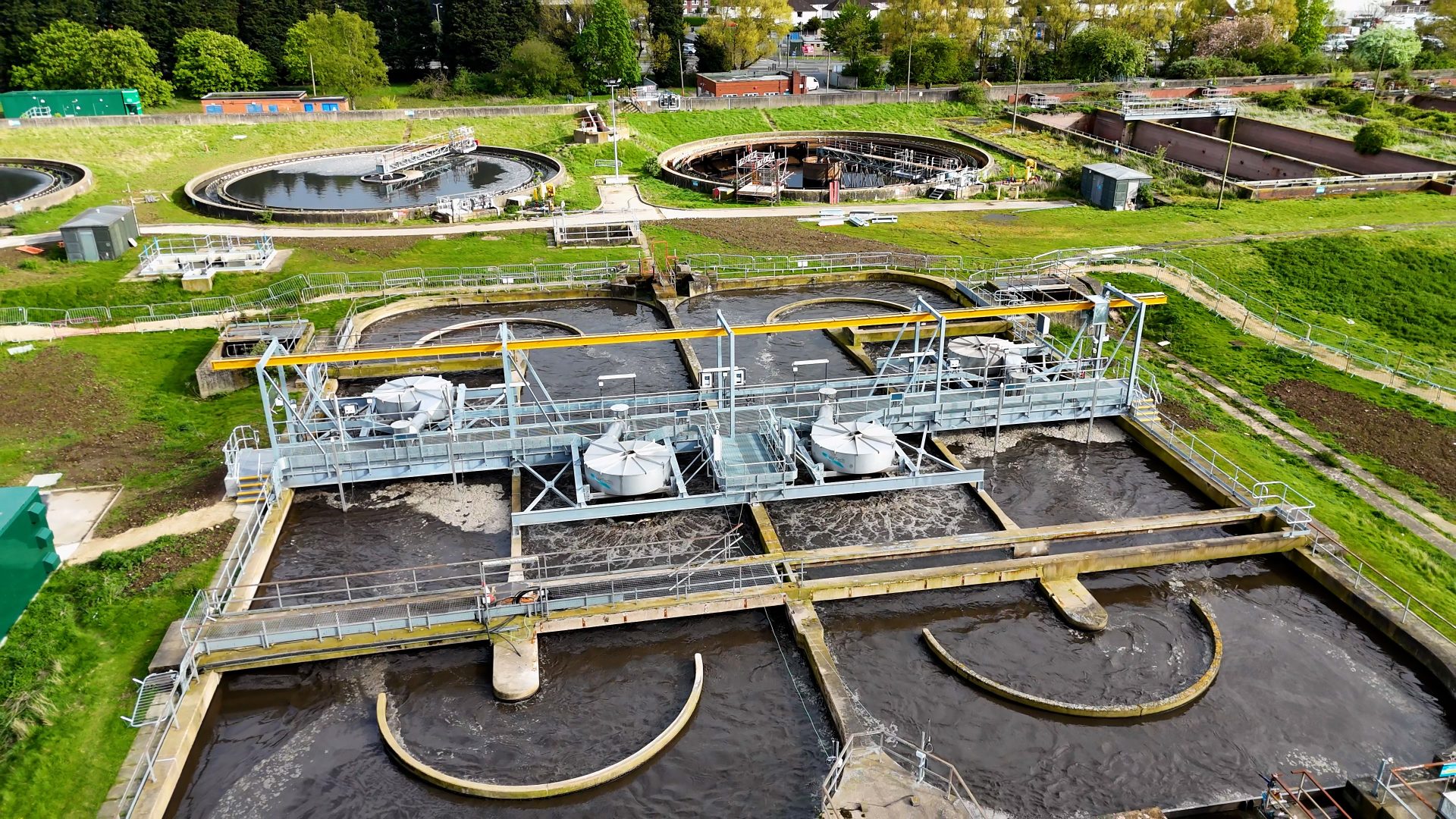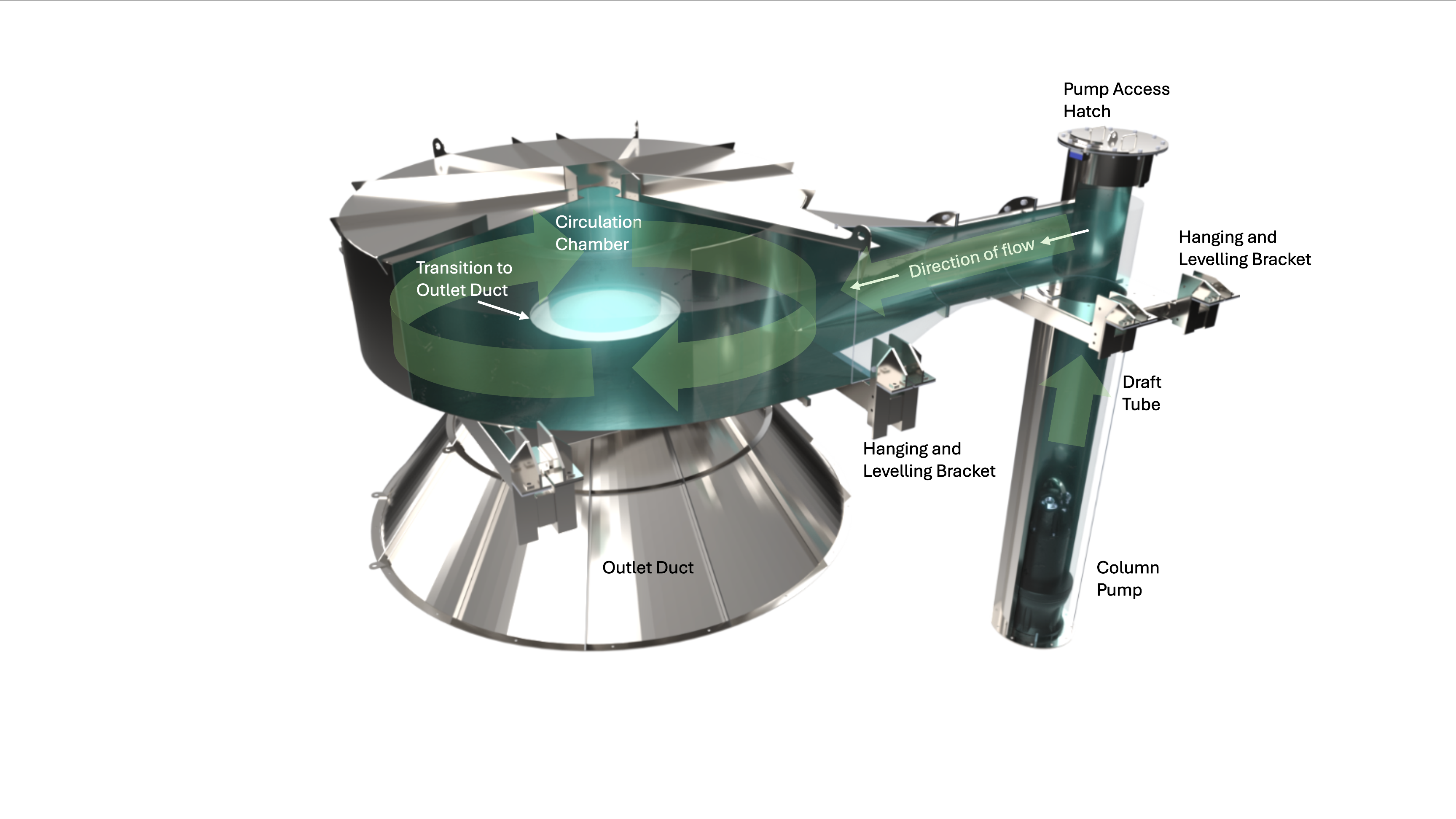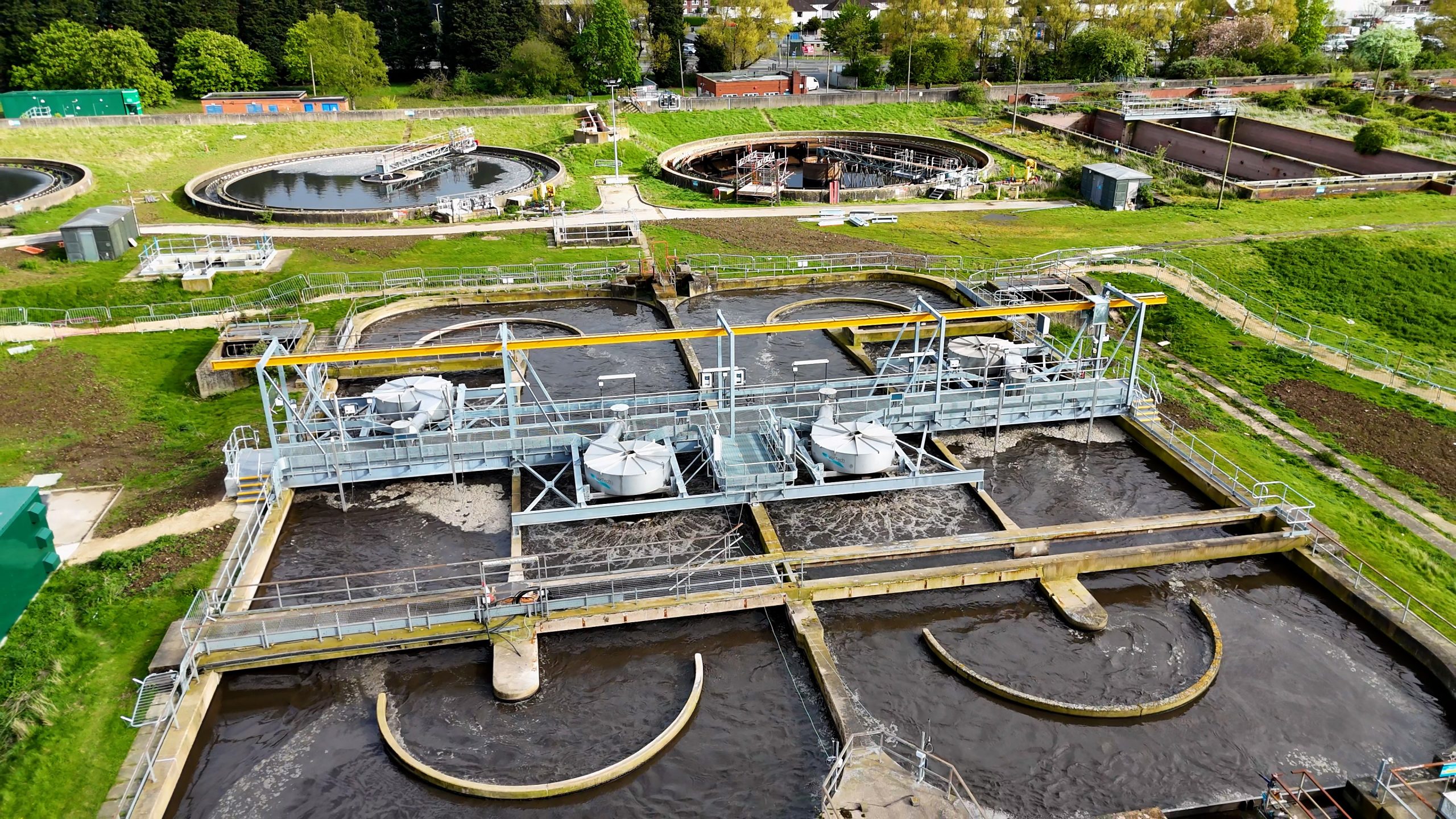Aeration lies at the heart of the wastewater treatment process; plant operators rely on aeration systems to carefully provide a steady oxygen supply to ensure that microorganisms can optimally break down pollutants. However, traditional aeration solutions, diffused air, and surface mechanical aeration, have distinct disadvantages intrinsic to their underlying technological approaches, making this an area ripe for innovation.
In 2016, Dr Sean Mulligan, a fluid dynamics expert who has contributed substantially to the design of gigantic vortexes that help preserve the integrity of deep sewer systems around the world, began exploring how a vortex could be used for aeration. He was eager to discover whether inducing a vortex could produce the fine bubbles that make diffused air systems so efficient, while avoiding the accompanying the complexity and maintenance headaches that have challenged designers and plant operators for decades. His instinct was right, with research revealing that harnessing the vortex could be the road to unlocking sustainable wastewater treatment and solving global pollution challenges.
How vortex powered aeration works
Liquid to be treated is pumped at high wire-to-water efficiency from within a tank to the water surface, creating a cyclone in direct contact with air and oxygen. The resulting air and water mixture is jetted back into the reactor to effect vertical and horizontal mixing of its contents.
This surface-mounted solution effectively emulates the river environment in an activated sludge tank. Similar to a river cascade, every molecule of water flowing through the vortex is dosed with oxygen before being dispersed into the reactor to effect further mixing. Things are kept simple by “bringing water to the air” rather than bringing “air to water”.
Oxygenation levels can quickly and easily be controlled by simply adjusting the pump speed, avoiding the need for complex control protocols to achieve consistent treatment capacity. With the option of fully automating the pump controls, plant operators can even “set and forget”, reducing demand for continual onsite engineering expertise.
Simplicity boosts reliability and repairability
By exploiting the innate power of fluid dynamics, vortex-powered aeration eliminates the need for complex mechanisms doomed to suffer from wear and tear, and whose efficiency would likely be impeded by fouling. A singular pump is the sole moving part, which is positioned to allow for rapid replacement in mere minutes; all maintenance can be performed without the safety hazards of entering or draining the tank.
This simplicity also provides operational benefits, with vortex-powered aeration solutions capable of treating industrial loads where the viscosity of the wastewater means that diffusers are impractical. The ease of retrofitting the solution has provided major industrial plants, originally fitted with diffusers that were plagued with fouling challenges, with a simple upgrade route to reliability and operational safety.
Reducing aeration’s energy footprint
Even with greater adoption of onsite renewable energy sources, wastewater plant operators continue to be under pressure to reduce their energy consumption. Aeration is a prime candidate for efficiency gains, accounting for between 50% and 70% of a wastewater plant’s energy use; aeration often totals 1.5% to 2.25% of a developed country’s total electricity consumption.
Through high in-process efficiency, and better controllability on projects installed to date, vortex-powered aeration has resulted in significant energy savings compared to the traditional aeration solutions.
Commercialisation at a global scale and democratising aeration
As Mulligan’s research proved fruitful, VorTech Water Solutions was spun-out of the University of Ireland, Galway in 2019 to commercialise the technology. Five years on, the company has demonstrated that vortex-powered aeration can perform in the real world, with multiple new build and retrofit installations at industrial and municipal wastewater treatment plants across the UK and Ireland, and live deployments with international water authorities as far away as Australia due for 2025.
The technology offers tremendous potential and it is anticipated that it could be hugely beneficial in developing nations where a priority is placed on low-maintenance and easy-to-operate systems, due to a short supply of skilled water treatment engineers. This means that vortex-powered aeration has the potential to democratise access to aeration, supporting the delivery of UN Sustainable Development Goal 6 which is focused on ensuring universal access to safe water and sanitation.
CASE STUDY: UK Wastewater Treatment Plant
Four oxidation ditches at a 120,000 population equivalent municipal Wastewater Treatment Plant in the UK were retrofitted with eight vortex powered aeration systems in 2024. The upgrade to the ageing infrastructure is expected to reduce total lifecycle costs through significant savings in energy, maintenance, replacement whilst improving site noise conditions and enhancing operator safety.





